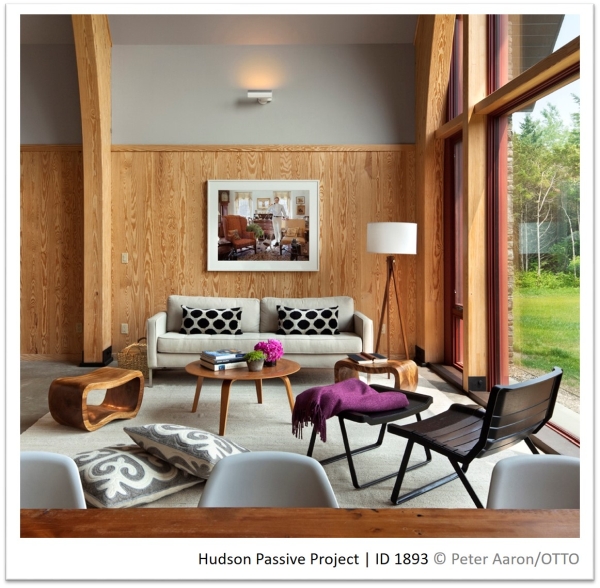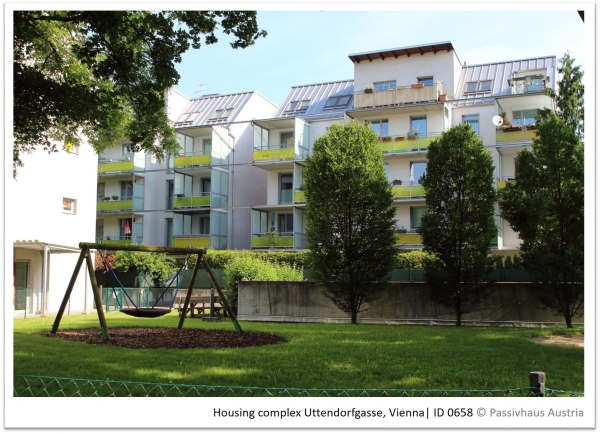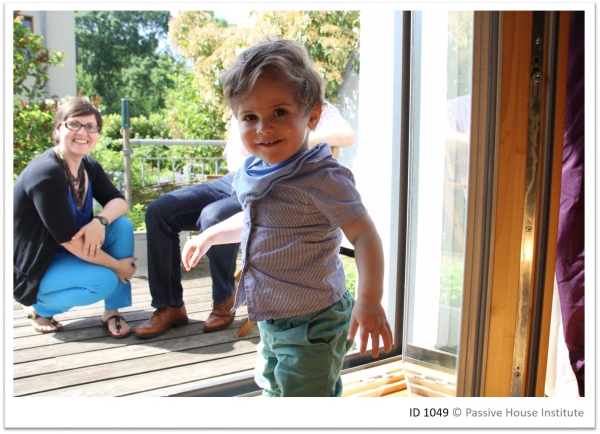2. Energy efficient & so much more!
2 - Further material
Feel comfortable!
Enter a Passive House building during the International Passive House Open Days to enjoy consistent temperatures on all interior surfaces! Indoor climates remain constant without temperature swings or draughts - during cold winter months as well as hot summer periods.
By the way, did you know that most people worldwide feel comfortable when temperatures are between 20 and 25°C? This was the finding of the Danish scientist P.O. Fanger, whose comfort equation is documented in the norm ISO 7730. It is derived from the concept that for optimal thermal comfort the heat loss of the human body is in an equilibrium with its heat production. This forms a relationship between the activity and clothes as well as the properties of the thermal environment. Now the great news is that by achieving the Passive House standard requirements Fanger’s comfort criteria are automatically optimally fulfilled - substantially improving the thermal insulation simultaneously improves thermal comfort.
Financial study of Passive House buildings
Investment costs are usually higher for energy-efficient buildings, but some bigger projects were already built without any additional investment costs. Some were even cheaper than the usual construction costs, like this Passive House student accommodation in Vienna, Austria. Investment costs depend on each project, its size and design. They also depend on the location, mainly due to product and knowledge availability. It is also much easier to reach the standard in warm climates.
To accurately compare the energy demand of a Passive House with the one of a conventional building, it is important to enter both alternatives in the PHPP and select the same conditions. This means you need to base your simulations on the same reference surface, temperature and climate. You should take the additional and reduced investment costs into account, as well as the additional and reduced expenses over the years. And don’t forget the residual value of long-lasting components.
Passive House life quality
Life in a Passive House building feels completely normal - and is actually even simpler! Thanks to the high quality building envelope, you don’t need to continuously turn the thermostats up and down, nor reduce the temperature at night or while away. You also don’t need to worry about window ventilation anymore. In addition, the maintenance load is fairly reduced thanks to simplified technical services: You just need to exchange the ventilation filters once a year.
"Living here is much easier, the maintenance of the building is much simpler, you don't have to worry about boilers, fuel tanks, radiators, etc." Gabriel & Eva, residents of a PH in Spain
Check out our Tips and Tricks for Passive House residents and have a look at more user feedback about living in a Passive House on Passipedia.



